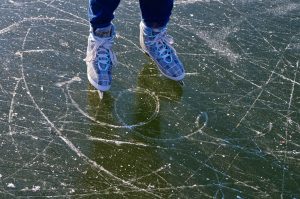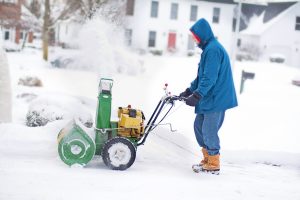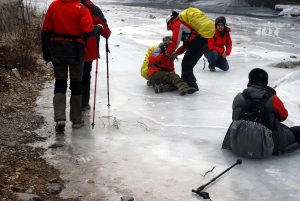Summertime is Thunder and Lightning Time!
Well, it’s summertime and that means thunder, lightning, and severe storms. Did you know that nearly 1,800 thunderstorms are occurring at any one moment around the world? According to The National Weather Service, approximately 16 million thunderstorms occur each year around the world and 100,000 occur in the U.S. Of those 100,000 storms, only about 10% are severe.
The National Weather Service defines a severe thunderstorm as one which produces winds of 58 mph or greater, 3/4-inch hail or larger or tornadoes. However, every thunderstorm produces lightning, which kills more people each year than tornadoes. And heavy rain from thunderstorms can lead to flash flooding, which is the number one thunderstorm killer. Strong winds, hail, and tornadoes are also dangers associated with some thunderstorms.
To help you and your family stay safe from a thunderstorm and flash flooding, here are 15 thunderstorm safety tips that could save your life if you are caught in a storm. Remember, while NO safe place outside exists during a thunderstorm, knowing these tips can help reduce the risk of being struck by lightning or getting trapped by flash flooding.
- When lightning strikes, seek inside shelter immediately.
- Evacuate immediately if told to do so.
- Never walk, swim, or drive through flood waters. Remember, just six inches of moving water can knock you down, and one foot of moving water can sweep your vehicle away.
- Stay off bridges over fast-moving water. Fast-moving water can wash bridges away without warning.
- Stay inside your car if it is trapped in rapidly moving water and await rescue. Get on the roof if water is rising inside the car.
- Never drive around barricades. Local responders use them to safely direct traffic out of flooded areas.
- Only drive in emergency situations.
- If trapped in a building, get to the highest floor possible. Only get on the roof if necessary and once there, signal for help. Do not climb into a closed attic to avoid getting trapped by rising floodwater.
- Learn and practice evacuation routes.
- Keep a supply of non-perishable foods, cleaning supplies, and water for several days.
- Keep important documents in a waterproof container.
- Stay away from tall trees and objects.
- Avoid open fields and the tops of hills and ridges.
- Stay away from windows and doors and stay off porches.
- Don’t touch electrical equipment or electronics plugged into the wall.











